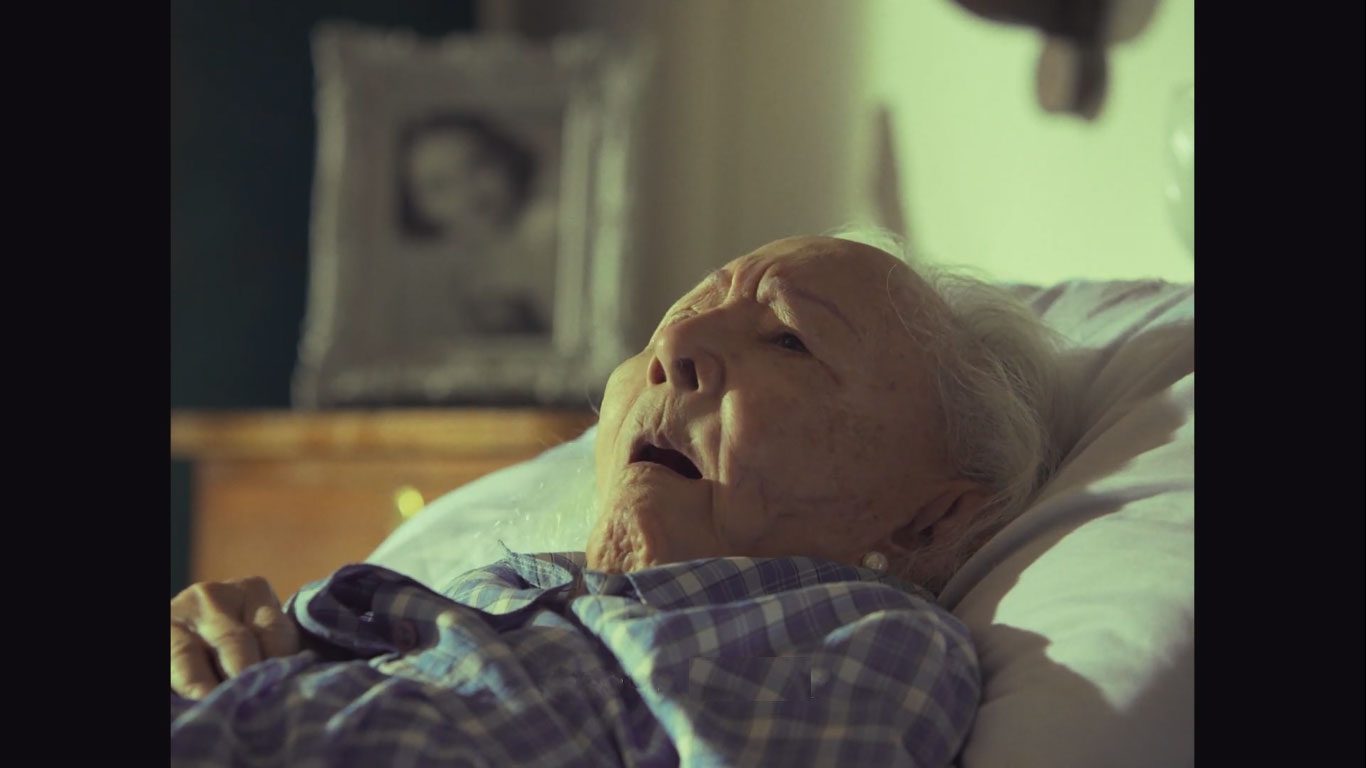By PATRICK V. MIGUEL

THE DEFINITION of life according to every individual is different. It is subjective depending on who defines it, which could be based upon one’s values, beliefs, and experiences. Just like the negatives of a film, there is an artistic value contrasting the light and the dark, and when it runs in a cycling pattern, it creates a whole picture that could depict family, passion, love, and continuity.
Written and directed by Adolfo Borinaga Alix Jr., Circa is featured in this year’s Pista ng Pelikulang Pilipino. It tackles the life of Doña Atang (Anita Linda) as a mother, a producer, and as a human being in the outskirts of dying. Aside from the film’s obvious statement about promoting the beauty of early cinema, it also contains deeper meanings.
Doña Atang, is a retired film producer about to celebrate her 100th birthday. For her birthday wish, she wants nothing else but a reunion with all the actors and staff she has worked with. Her grandson, Michael (Enchong Dee), makes a promise to grant her wish.
Circa gives the impression of “a film within a film” which was achieved by using the smaller 4:3 aspect ratio within the generic and larger 16:9 aspect ratio in the movie screen, creating a period-stylized and cinematic atmosphere. Not only was this the source of the mood of the film, but also the appropriate application in the color-grading, cinematography and camera angles which gave out vintage vibes. An attestation could be recognized in the scene where Meding (Jose) is the subject of the frame, where the color green, the eye-level angle, and the cinematic technique where a round-shaped frame confined her, reflected to her emotions.
It also showed contrasting details in the costumes and props such as the use of modern objects like technological gadgets and 2010s dressing-style in a nostalgic film, creating a paradox. Despite the good story-telling, there were some inappropriate uses of “filler-shots” observed during the climax, which only served to prolong the length of the film, but was rather nugatory when it came to the story.
The way it was written did not spoon-fed the viewers, as there are parts that challenges the viewers’ comprehension. An example is that it incorporated a supernatural entity that could be perceived as a symbolism of vices.
Doña Atang’s name came from the Ilocano word Atang which means “offering to the dead”. It was showcased at the beginning when Jaclyn placed a bowl of fruit at the torre. In the ending was rather enigmatic, requiring a great understanding to fully interpret the meaning of who the main protagonist really is and what her role is in the movie. Anita Linda portrayed her character well by putting justice of how Doña Atang should be by displaying raw emotions and proper diction to her dialogues.
Aside from the film having veteran actors like Anita Linda, it also had actors like Jaclyn Jose, Gina Alajar, Ricky Davao, Elizabeth Oropesa, and Enchong Dee, who are known as one of the known artists in the industry nowadays with their previous awards and experiences. However, those talents were not given enough lines that could potentially manifest their craft as their characters did not have any development. They remained the same in the ending as to how they were first introduced from the start. The movie focused on Linda’s character, but it could have also focused more on the others as well.
The definition of Doña Atang’s life is executed well. In terms of family, it advocates that the bond should not only be limited by blood, but should also be extended to people outside of the circle as well. In family, there comes a good connection of passion and love. Aside from the movie promoting the pursuance of zeal—as shown through Doña Atang and Michael’s pursuits in filmmaking—the story puts great value in passion and love by depicting morals such as gratitude, forgiveness, helping others in need, and selflessness.
Circa means “around in a circular motion” which conceits the meaning of existence. Beside the film’s objective to showcase the beauty of early cinema and its dying art, the film negatives that were given emphasis are decomposing because they are not being given enough value anymore. In deeper point, the movie signifies that life would decay without giving importance to family, pursuance of passion, loving one another, and sustenance to the continuity of life and cinema. F



